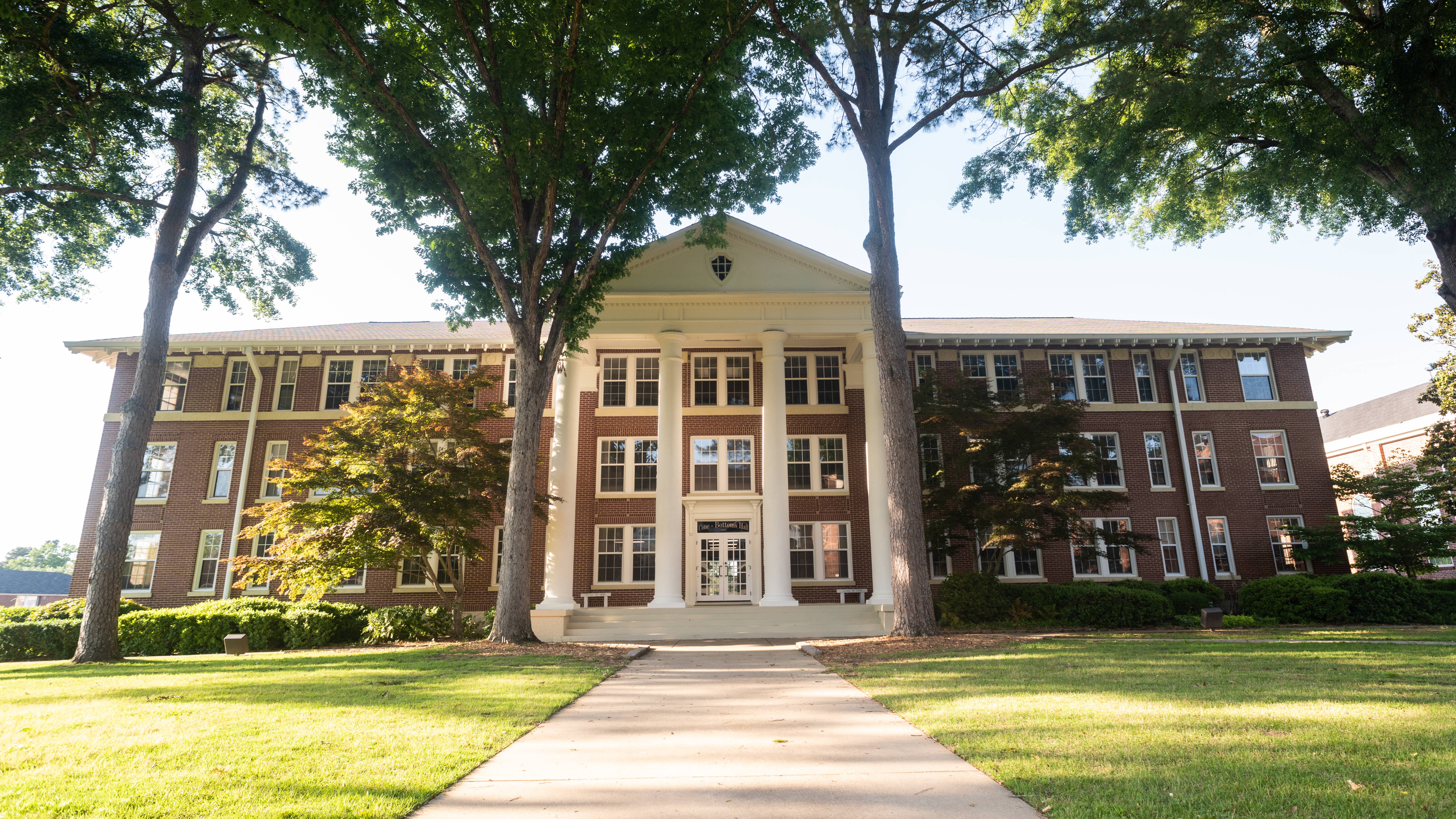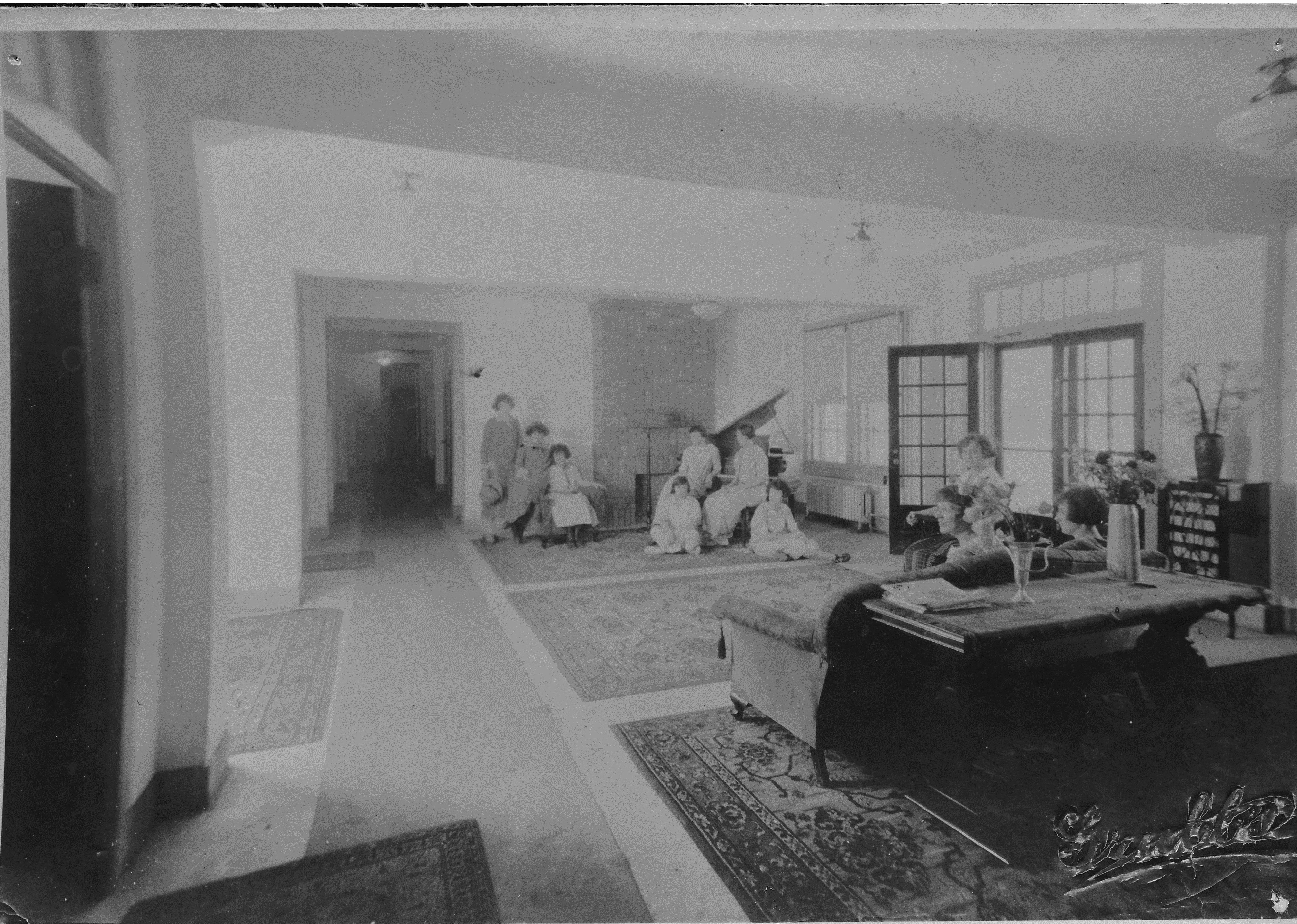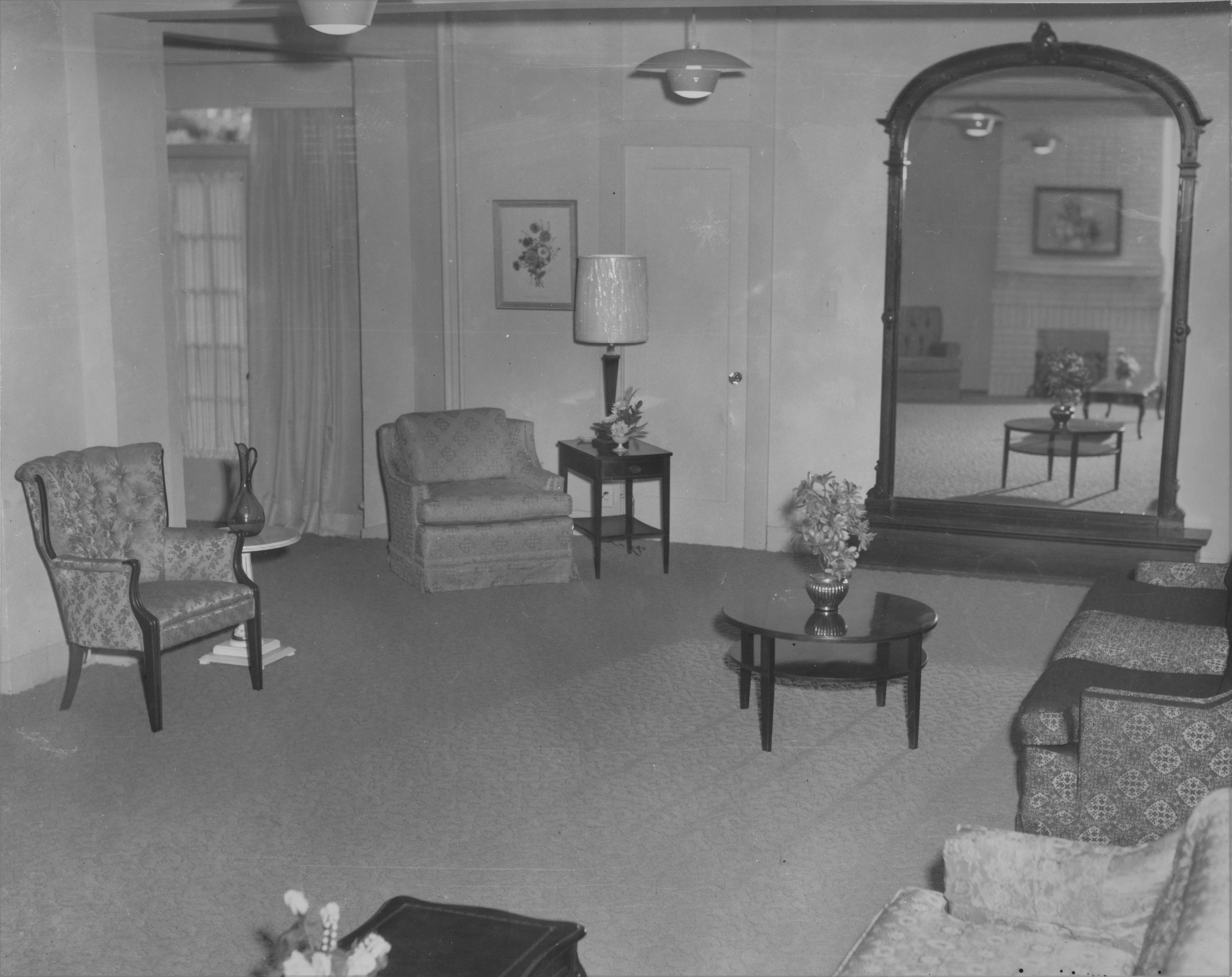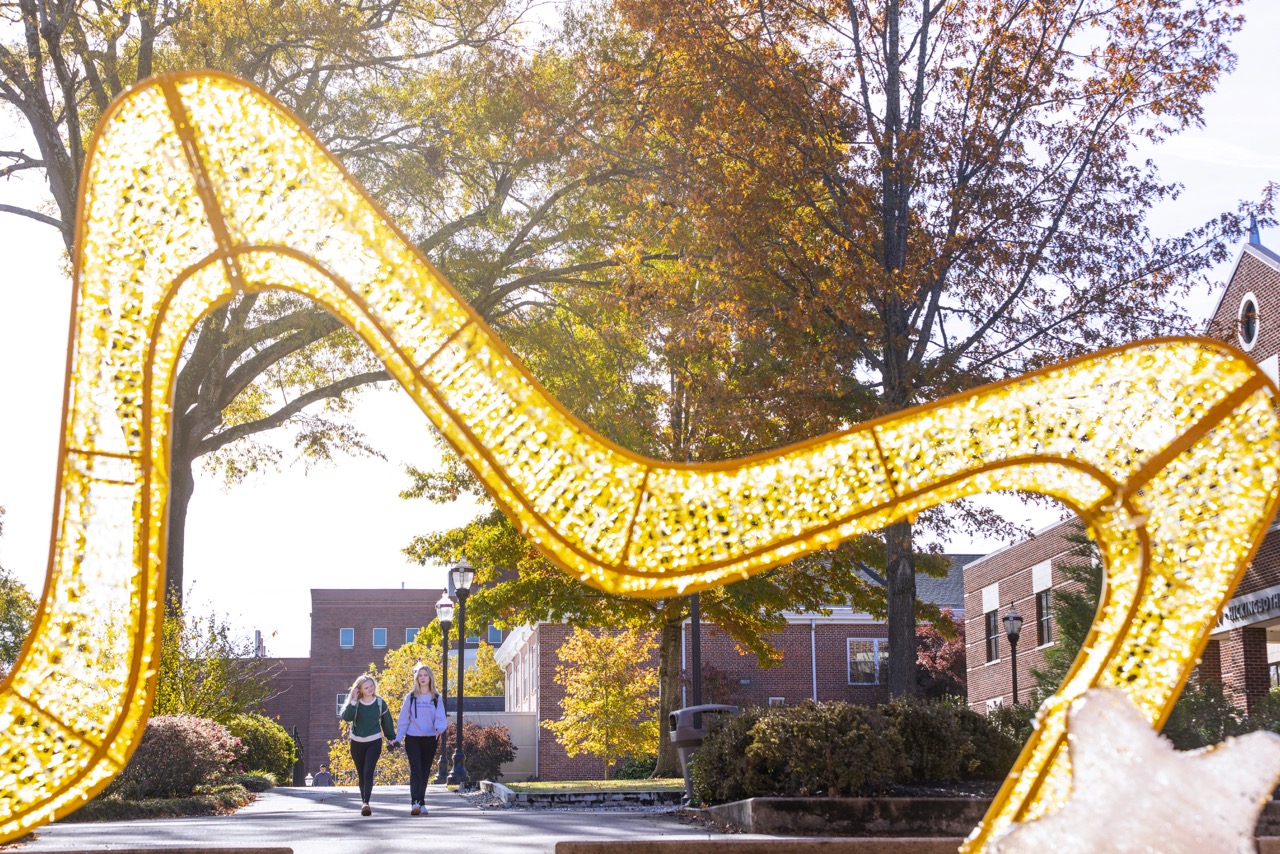Behind the names: Cone-Bottoms Hall
 August 13, 2019
- Rachel Gaddis
August 13, 2019
- Rachel GaddisSitting squarely behind a carpet of grass that some call “Ouachita’s front lawn” and
shaded by oaks and loblolly pine trees is historic Cone-Bottoms Hall, a landmark of
campus since it was built in 1923. The only remaining structure from the early years
of Ouachita Baptist College, its front steps are now a favorite photo spot for new
students, fresh pledges before social clubs’ Induction Week and teary-eyed graduates.
To think of Ouachita without it!
When the U.S. joined the fight of World War I in 1917, Cone-Bottoms was not yet a
thought. Instead, an army barracks stood close to where Cone-Bottoms is today. But
the war ended soon after, and Ouachita’s president at the time, Charles Dicken, shifted
much of his efforts to building a stronger Ouachita with its first major fundraiser:
the Endowment Campaign.
After nearly five years of working on and off toward this financial goal and for Ouachita
to become nationally accredited, it was the generous contributions made by W.T. Cone
and George W. Bottoms that completed the campaign. Both Mr. Cone and Mr. Bottoms were
prominent Arkansas businessmen and generous supporters of Ouachita. In appreciation,
a new women’s residence hall was to be named in their honor.
The old barracks was torn down, and construction for Cone-Bottoms dormitory for women began in 1921 and later was completed in 1923. For many years, Cone-Bottoms was the largest college dormitory in the state and “considered by many as the most beautiful in the South,” according to Ouachita Baptist University: The First 100 Years.


Fun fact: Before Cone-Bottoms Hall, there was first “Cone Castle” – a nickname students
had given to the home that Mr. W.T. Cone had purchased and donated in 1914 to provide
more male housing at Ouachita. As for Mr. Cone himself, he was an Arkansas native,
first a merchant in Hamburg and later a landowner and farmer in Montrose. He eventually
sold his farmland and left the area in 1922 following a national decline in cotton
prices.
Mr. George W. Bottoms, on the other hand, originally was from Richmond, Va. After
the devastation of the Civil War destroyed his family’s property, Bottoms – a young
teenager with little money – moved to Forrest City, Ark., and began working at the
store of a local merchant. His employer then offered Bottoms a partnership that set
him on a path to success in the timber and sawmill industries of Texarkana, Ark. He
earned a nickname as a “lumber king” and built a magnificent home on East 5th and Hickory streets in Texarkana; it was a pride of Texarkana citizens and is, even
today, known as the Bottoms House. Bottoms and his wife, Ida, also were known for being a hospitable couple who frequently
welcomed visitors into their home. Both were devoted to Beach Street Baptist Church
– even donating the land that the church was later built on – and gave generously
to the work of their denomination as well as charitable work. Ida was a prominent
war worker for the Red Cross and Liberty Loan drives, and she also belonged to the
Civil League. According to the Centennial History of Arkansas, it was said of the Bottoms that “their lives have been filled with good deeds, unostentatiously
performed, and they radiate a spirit of goodwill and kindliness.”
Bottoms and his wife, Ida, also were known for being a hospitable couple who frequently
welcomed visitors into their home. Both were devoted to Beach Street Baptist Church
– even donating the land that the church was later built on – and gave generously
to the work of their denomination as well as charitable work. Ida was a prominent
war worker for the Red Cross and Liberty Loan drives, and she also belonged to the
Civil League. According to the Centennial History of Arkansas, it was said of the Bottoms that “their lives have been filled with good deeds, unostentatiously
performed, and they radiate a spirit of goodwill and kindliness.”
Cone-Bottoms Hall remained a women’s dormitory until the mid-1980s. In 1993, it was
decided that Cone-Bottoms would be renovated as a goal of Ouachita’s Decade of Progress
campaign and house all administrative offices in the same building. Andy Westmoreland,
vice president of development at the time who later served as Ouachita’s 14th president, said, “More than 450 alumni and friends, representing every graduating
class from 1912 to 1993 contributed to the project.” The groundbreaking ceremony for
Cone-Bottoms’ renovation was held on Nov. 13, 1993, during Dr. Ben Elrod’s presidency,
and became home to the Grant Administration Center – named in honor of Ouachita presidents
James Grant and Daniel Grant.
What a history! And what might Cone-Bottoms’ namesakes and the Ouachitonians of 1923
think if they knew that their “most beautiful residence hall in the South” would become
such an iconic symbol of Ouachita?
Perhaps they would agree with Ouachitonians today: We just could not imagine Ouachita
without it.
By Rachel Gaddis, a 2016 Ouachita graduate, who serves as editorial coordinator for Ouachita’s Department of Communications & Marketing
Sources
Centennial History of Arkansas. Volume 3. By Dallas Tabor Herndon. The S. J. Clarke
Publishing Company. Chicago – Little Rock, 1922.
Historic Texarkana: An Illustrated History. By Beverly J. Rowe. Historical Publishing
Network. San Antonio, Texas, 2009.
Historical Review of Arkansas: Its Commerce, Industry and Modern Affairs. Volume 2.
By Fay Hempstead. The Lewis Publishing Company. Chicago, 1911.
Ouachita Baptist University: The First 100 Years. By Michael E. Arrington. August
House Publishers. Little Rock, 1985.
Ouachita Circle alumni magazine. “Ouachita awarded matching gift from Mabee Foundation.”
By Jeff Root. 1993.
Ouachita Voices: Celebrating 125 Years of Academic & Christian Excellence. Edited
by Trennis Henderson. Bookhouse Group, Inc. Atlanta, 2011.
You Also Might Like
Over 400 students and educators attend high school sports media conference at Ouachita
December 03, 2025Recent
Over 400 students and educators attend high school sports media conference at Ouachita
December 03, 2025





